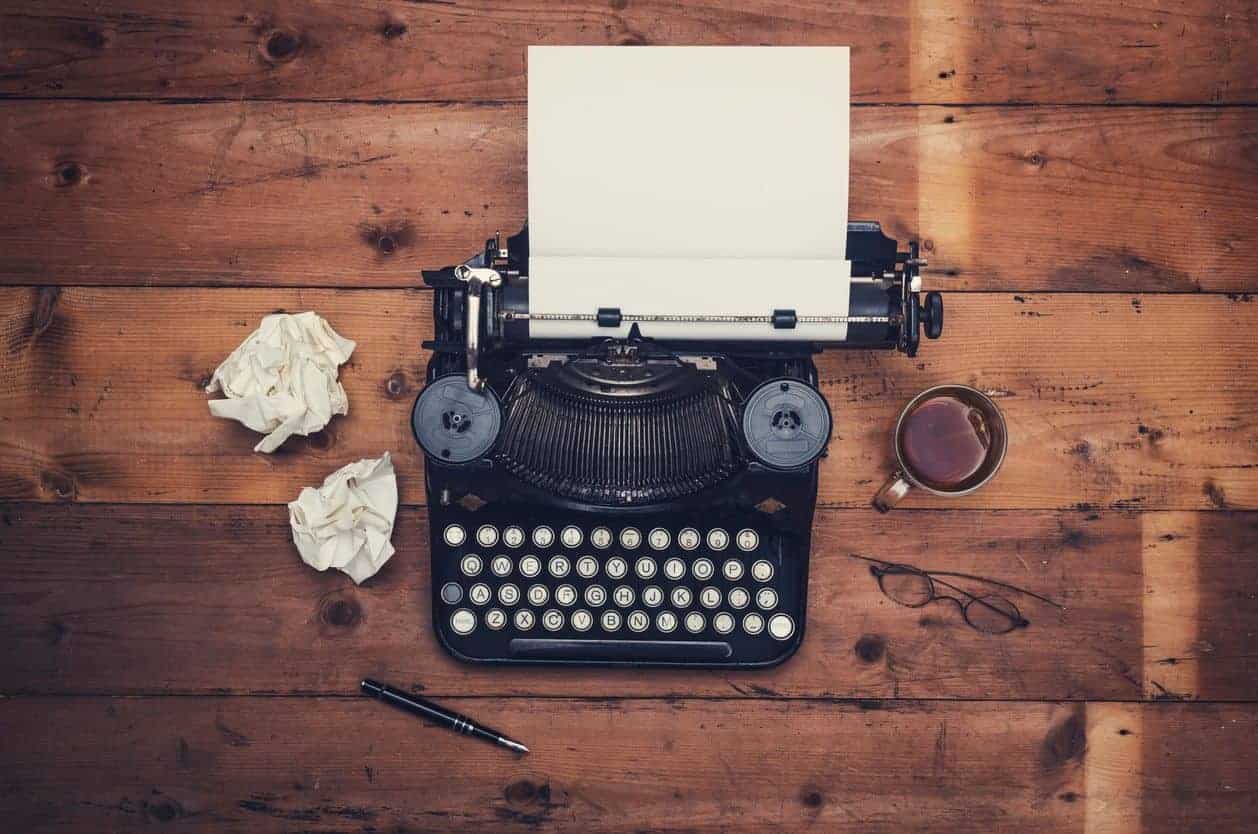
Problems with page design
I never saw the front page in question, but The Hartford Courant apparently let their photo selection and page design take precedence over accuracy.
Any number of items in the newspaper can provoke accusations of bias, unrestrained liberalism and sensationalism. Word choices, story choices, columnists, quotes, headlines, even advertisements can mean a day of terse e-mails and telephone calls. Last Monday's target was a set of photos illustrating the story "Thousands Protest Civil Unions."
The package consisted of a small photo of people attending a rally protesting civil unions and much larger photo of a mock wedding of two women at a gathering in support of same-sex marriages. Both rallies took place at the state Capitol last Sunday. The problem for those who called and e-mailed Monday: the rally that drew the least number of people was the largest image on the front page. According to police estimates, 80 came out for the same-sex marriage rally compared with 3,000 protesting civil unions.
The paper's photo editor has a slew of explanations for the decision.
Photo Director John Scanlan explained that when it comes to visuals, size isn't everything.
"I thought both photos paired well together on the page and worked well with the headline and the story," Scanlan said. "It isn't the job of news photographs to simply support the point of the story, although more often than not they do. But photographs also communicate and can add other information and offer a point of view that is different from the story. ...The decision on which photographs to use with a story is a somewhat complicated decision involving news judgment and aesthetic judgment. In this case, the more interesting and compelling photograph was the larger one. It was `active,' less static then the smaller image. It also needed a certain size to be `read' properly. The smaller photo was easier to read at a smaller size than the larger photo would have been. And although the larger photo was from the smaller rally, it was determined to be `the better' photo.
"If we were to choose [lead] photos based solely on news judgment, we would often have a visually boring page. What makes a good story doesn't always make a good photograph. All stories aren't in pyramid style, with the facts presented in the order of importance. We try to engage readers, not just throw facts at them. We try to do the same thing with photographs."
This is the sort of thing I deal with every day. Every point Scanlan brings up is valid. So, Scanlan is right, but...
You can't let your desire for an attractively designed page or a compelling photo trump the truth. Reader studies for decades have show that many readers don't really "read" much of the paper -- they skim it. A reader looking at the photos could easily get the false impression that there were far more people present in favor of gay marriage than opposed.
The Courant's ombudsman denies that the photo play was a reflection of the paper's editorial page support for same-sex unions, but I think it's very likely that it reflects the newsroom's internal liberal bias.
To override the "accuracy" instinct that all journalists have, there's got to be something inside that says it's not a big deal.
Can you imagine a newspaper featuring a big photo of 20 Protest Warriors at an anti-war rally that drew thousands? How about a dozen pro-lifers at a thousand strong pro-choice rally?
Those errors don't happen because the "truth" or "accuracy" reflex rears up and says: "You can't do that."
That didn't happen here. The ombudsman concludes:
The layout worked well visually. It attracted readers to the story. And I agree that photos serve more than a supporting role to news stories. More often than not they are the power of an engaging page, which makes it all the more important that they reflect the news. Some might even argue that the same-sex marriage rally was the more newsworthy image, but the numbers argued differently. In this case, leading the newspaper with the best photo wasn't enough. The decision left readers questioning the newspaper's motives and left some on the news staff asking if it's more important to win design awards or to provide fair and balanced news.
The "some" are correct. The Courant has a well-deserved black eye -- but it doesn't appear that they're going to learn from it. The ombudsman didn't take a stand as far as I could tell.
Journalism. Wound. Self-inflicted.
Tags




